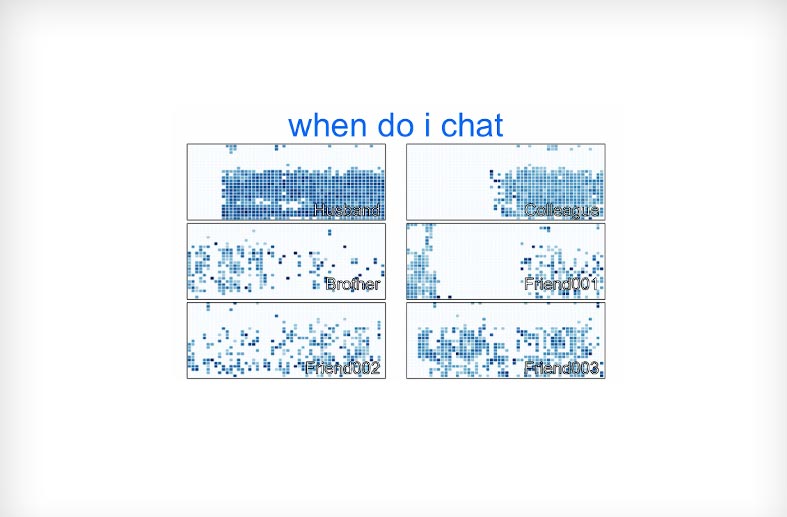I’m currently taking a sociology class called Technology and Social Change. While its only purpose was to fulfill one of my general education requirements, it has also made me think quite differently about how we relate to the technologies around us. Recently we explored the topic of the quantified self. While most commonly tied to the rise of fitness tracking through tools like Nike+ and Fitbits, the quantified self movement is a cultural trend which calls for individuals to use technology for data acquisition of aspects of his or her daily life in terms of inputs, states, and performance. Again, most commonly known for tracking the number of steps you take, data elements tracked by quantified self enthusiasts include food consumed, air quality, mood, blood-oxygen levels, mental performance, exercise, body weight, BMI, heart rate, sleep patterns, energy levels, and more.
This movement has been supported by an organization called Quantified Self Labs which provides its members with meet-ups, conferences and expositions, community forums, web content and services, and guides to self-tracking tools. During a recent browse through the Quantified Self website a video caught my attention: it was a presentation by a woman named Shelly Jang at the QS15 Conference and Expo entitled, “Can You See That I Was Falling In Love?”
In the video Shelly Jang presents an exploration of her Google Chat history to better understand how her relationship with her husband changed overtime. She used nearly five years of data which translated into over 29 million words. She then performed several analyses on various data points including times she mentioned her husbands name, who she chatted with, message response delays, what time of the day she chatted most, commonly used words. The following image is a visualization of her analysis of the times of day she chats with her husband, colleague, brother, and three different friends.
In the same way that companies are leveraging data and investing in analytics departments to make smarter decisions about their business, you can use data and analytics to better understand your body, how you perform, how you think, and how you interact with others. More and more tools are providing new ways to log and track, store, and analyze our personal data. Thanks to the ease of data collection, each one of us has the ability to learn more about ourselves than ever. Quantified self-ers use these tools to understand everything from “how many calories did I burn today?” to “am I falling in love?” While some aspects of our lives are abstract and more difficult to track, as Shelly Jang said, “analytic results are only as good as the questions posed.
Image Credit: Quantified Self

Alexis Tshudy




